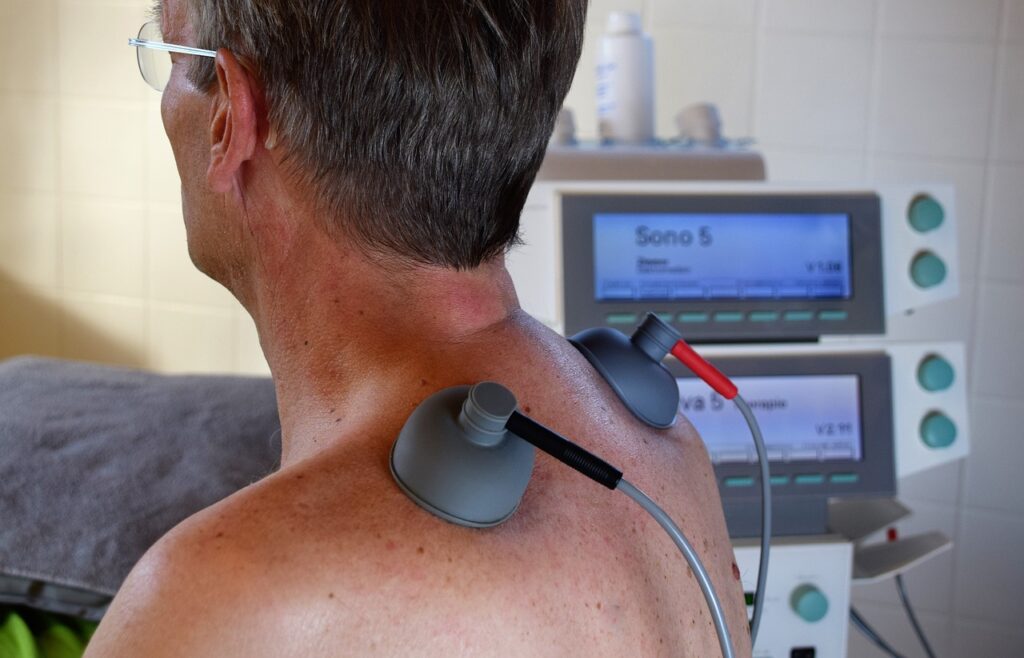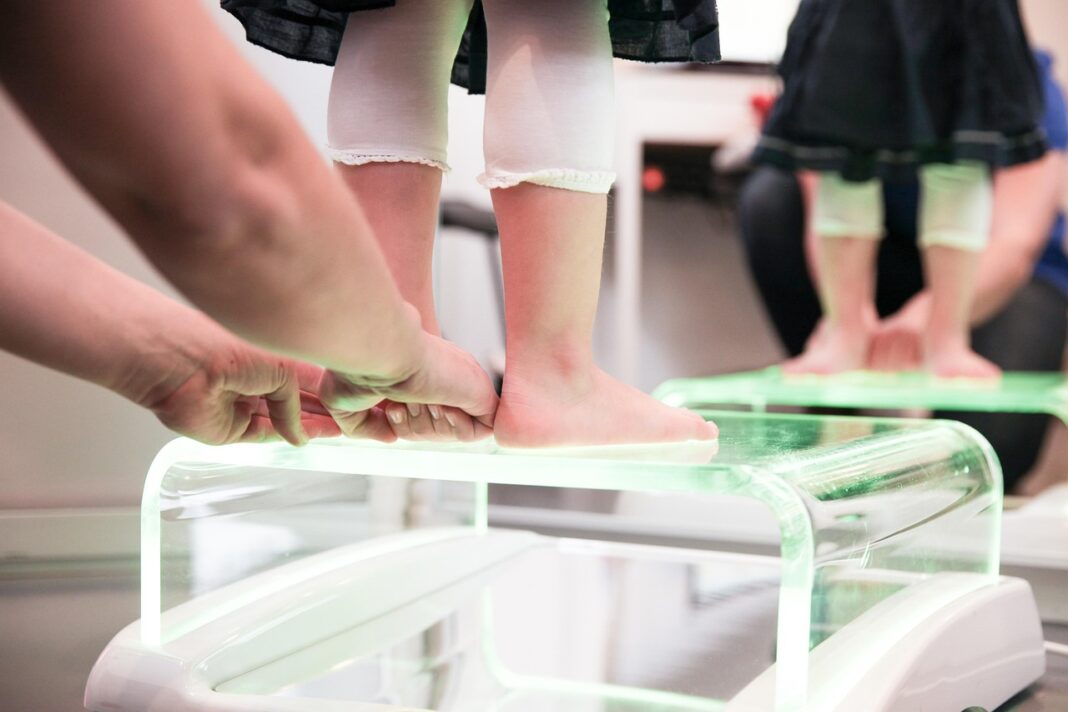Lumbar spinal stenosis is a condition that affects many adults, particularly those over 50 years old. While its effects range from mild discomfort to more disruptive symptoms, there are options for alleviating the condition without surgery. Physical therapy may be recommended as part of a comprehensive management approach. Here is more information on this condition, how physical therapy can contribute to its management, and other available treatment options:
What Is Lumbar Spinal Stenosis?
Lumbar spinal stenosis refers to the narrowing of the spinal canal in the lower back (lumbar region). This narrowing places pressure on the spinal cord and nearby nerves, often leading to pain, numbness, or other symptoms. The condition typically progresses gradually as structural changes in the spine occur over time. Individuals with this condition may notice reduced mobility or discomfort when walking or standing for prolonged periods.
What Are the Causes and Symptoms?
The most common cause is age-related spinal degeneration. Conditions like osteoarthritis, bone spurs, and thickened ligaments can narrow the spinal canal over time. Other contributing factors include herniated discs, spinal injuries, and, in rarer cases, congenital spinal abnormalities.
Symptoms of this condition vary. They may include lower back pain, leg pain, numbness or tingling in the legs, and weakness that worsens with activity. The symptoms may be relieved by sitting or bending forward, as these positions reduce pressure on the nerves.
What Is Physical Therapy?
Physical therapy is a non-invasive treatment approach designed to improve mobility, reduce pain, and strengthen muscles. Physical therapists use tailored exercise programs and manual techniques to help individuals achieve these goals. This form of therapy often complements other treatments for managing chronic conditions. This treatment involves a thorough evaluation to design a plan that aligns with an individual’s unique symptoms, strengths, and physical limitations.
How Does Physical Therapy Provide Relief?

For individuals with this condition, physical therapy can help manage symptoms in several ways. Targeted exercises help strengthen core and back muscles, which support the spine and alleviate excess stress on the affected areas. Stretching routines further improve flexibility and reduce tightness in surrounding muscles.
Physical therapists may teach individuals strategies for improving posture and movement. These adjustments can lessen strain on the Lumbar Spinal region during daily activities. Techniques like hands-on manual therapy or traction may also be applied to reduce stiffness and promote spinal alignment. Physical therapy promotes long-term maintenance of mobility and symptom relief by actively involving individuals in the recovery process.
What Are the Other Available Treatments?
While physical therapy is a highly effective approach for some, additional treatments may be combined to manage this condition. Anti-inflammatory medications reduce swelling and pain around affected spinal nerves. Epidural injections may provide localized pain relief for individuals with severe symptoms.
Weight loss can also be a helpful step for managing lumbar spinal stenosis, particularly for those who are overweight. For those seeking minimally invasive options, minimally invasive lumbar decompression (MILD) is another treatment. This procedure removes excess ligament tissue to free up space in the spinal canal, reducing nerve compression.
Seek Expert Guidance Today
Lumbar spinal stenosis may cause discomfort, but it does not have to limit your quality of life. Physical therapy offers a practical solution for managing symptoms and improving mobility without relying on invasive procedures. Working alongside a specialist makes sure that your treatment plan is adjusted to your individual needs. If you or a family member is experiencing symptoms, consult a healthcare professional to explore your options.
Stay in touch to get more information on BunKr Album ! Thank you.

